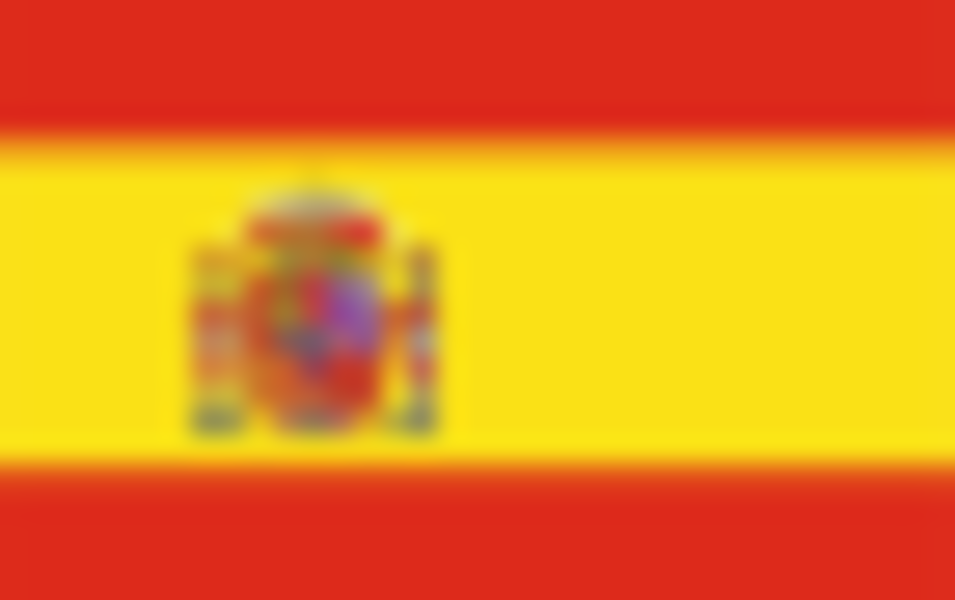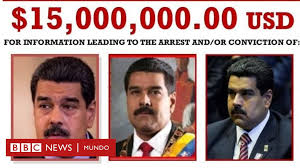
MATANZAS, Cuba – In August 1997, the National Tax Administration Office (ONAT, by its Spanish acronym) in Cuba, together with the National Housing Institute and the Ministry of the Interior (MININT, by its Spanish acronym), legalized the rental of private houses and rooms to foreigners, an activity that had previously been on the margins of the law.
In 2018, the Cuban government amended Article 74 of the General Housing Law to authorize the rental of houses or rooms and to establish a price “freely” agreed upon with prior authorization from the Municipal Directorate of Labor.
Despite the legal openings, the rental of houses and rooms to national and international tourists does not represent the same as it did before the COVID-19 pandemic for those who are dedicated to it. This report presents statements from landlords whose names are withheld to protect their identity and avoid any kind of measure or sanction against their business.
COVID-19, the Before and After for Rentals
“Since 2006, we have dedicated a part of our house to rentals for national tourism. In October 2008, we were given the opportunity to rent for international tourism, and the customers’ opinions have been positive. We won TripAdvisor’s Certificate of Excellence. Our hostel is listed with all travel agencies and websites,” says the owner of a rental house in Boca de Camarioca, Matanzas.
“In March 2020, the surge of COVID-19 forced us to close the rental that had an occupancy rate of almost 95%. Since reopening, tourism has remained very weak. We were forced to lower the prices, and at the moment, it is very difficult to raise them. We long for the day when we can recover our income,” added the interviewee.
According to data from the National Office of Statistics and Information (ONEI, by its Spanish acronym), in 2019, a year before the pandemic began, Cuba reported a total of 2,561,719 foreign visitors by June. By the same date in 2023, 1,298,539 tourists of non-Cuban nationality had arrived in the Island.
“I have been renting since 2012. The influx of tourists before COVID-19 was good during the high season; it was always bad during the low season. After the pandemic, tourism drastically decreased in both instances. Rental prices were lower, according to the economy at the time,” notes the woman who owns another rental property in the Cuban resort of Varadero.
“I have worked as a landlord since 2013. Before COVID-19, tourism was very good, and there was a large influx of people wanting rentals; after, it decreased significantly, as did the rental prices,” says the landlady of a hostel in Santa Marta, in the municipality of Cárdenas, Matanzas.
Landlords operating within the legal framework must report to the Directorate of Identification, Immigration, and Foreigners (DIIE, by its Spanish acronym) the number of foreign tourists staying in their homes, including identification data such as names and surnames, passport numbers, duration of their stay, entry and exit dates, as well as data about their companions, whether nationals or foreigners.
Inflation: More Than Just the Pandemic?
On January 1, 2021, Cuba began the so-called “monetary and exchange rate reorganization,” which established a single exchange rate of 24 Cuban pesos per US dollar and ended the circulation of the CUC.
A year after the “Tarea Ordenamiento” (Reorganization Task) came into effect, a “correction of errors” was enforced because the economic reform had not achieved its intended goals. In August 2022, state exchange houses, popularly known as Cadecas, began selling the US dollar for 120 Cuban pesos. The “Tarea Ordenamiento” significantly increased inflation in the retail trade and informal economy due to product shortages.
“I get food and cleaning supplies from the informal market; I have never been provided with anything for the rental, everything has been a struggle. I used to offer breakfast, lunch, and dinner, but I can’t do that anymore. The little I have, I keep for my own household,” says the landlady of a property in Colón, in the province of Matanzas.
“I can’t buy ham or cheese for 8,000 or 9,000 pesos because how much would I have to charge a guest for a snack? Besides, not everyone asks for it. Businesses in Cuba are failing because it’s not the same as before,” adds the interviewee.
In this regard, both the owner of the hostel in Varadero and the one in Santa Marta interviewed for this report stated that they do not offer food to tourists. Instead, they recommend nearby places where they can buy it. Additionally, the cleaning supplies they provide to customers have to be purchased in freely convertible currency (MLC) stores, from micro, small, and medium-sized enterprises (MSMEs), or ordered from abroad at a higher price.
“With the current inflation, this is horrible. For example, in the morning I charge 800 Cuban pesos. I have two rooms and offer a food service; in the refrigerator, I put beer, soda, malt, some energy drinks, sweets, and snacks, so I can’t charge less. Even at 800 pesos, I’m below the amount I can earn with a profit,” says the owner of a rental house in the municipality of Colón.
“With that money, I have to cover the cost of detergent, air freshener, scale remover, and electricity. I buy beer at 175 pesos and sell it for 200; it’s an investment to profit less than 20 pesos. The same goes for sodas; it takes me two or three months to recover the investment.”
“I’m earning less compared to previous years. On top of that, I have to pay my license fee monthly, plus 10% and 5%, as well as social security which is 400 pesos, and the advertisement sign.”
“This business is becoming less profitable every day,” concludes the landlady interviewed.
ARTÍCULO DE OPINIÓN
Las opiniones expresadas en este artículo son de exclusiva responsabilidad de quien las emite y no necesariamente representan la opinión de CubaNet.
Sigue nuestro canal de WhatsApp. Recibe la información de CubaNet en tu celular a través de Telegram.
Fuente Cubanet.org




 Argentina
Argentina USA
USA Paraguay
Paraguay España
España Israel
Israel

















